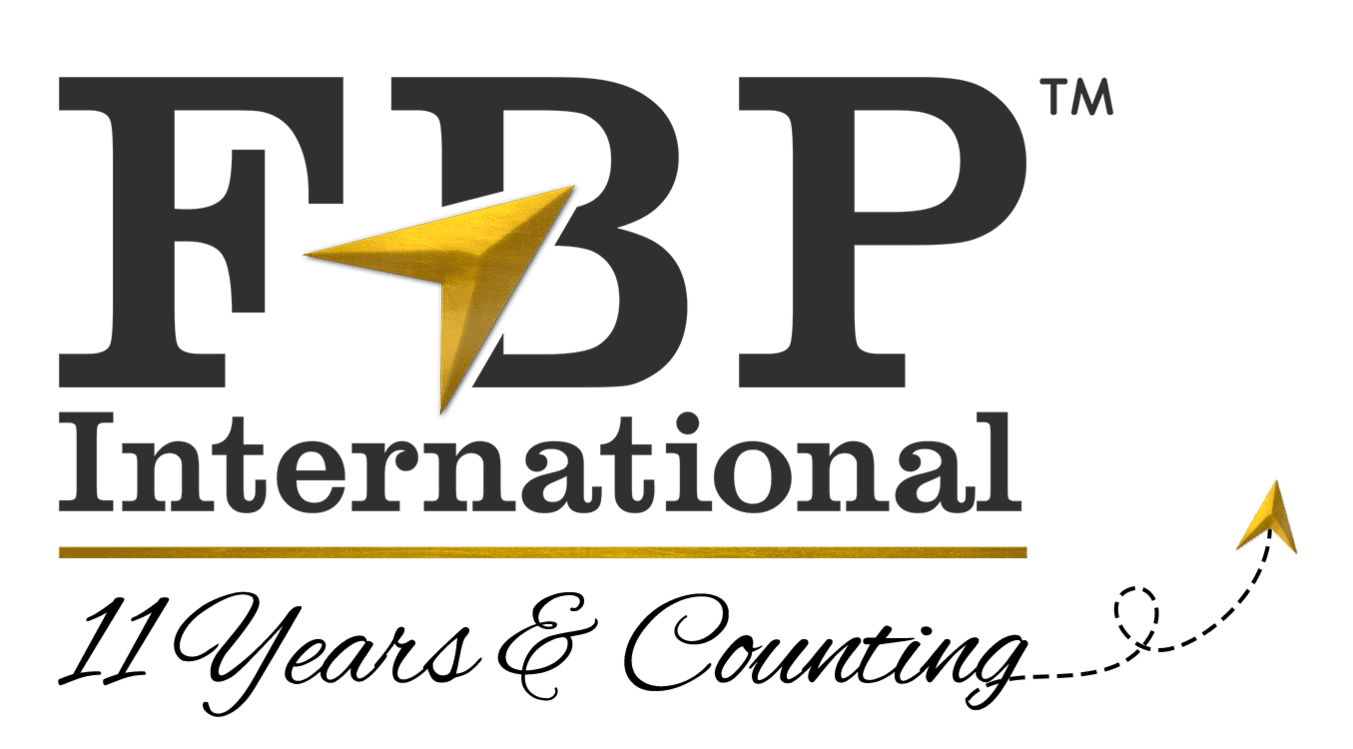Australia’s skilled migration program operates on a points-based system, where applicants must meet a minimum threshold to be eligible for visas such as the Skilled Independent Visa (subclass 189), Skilled Nominated Visa (subclass 190), and Skilled Work Regional (Provisional) Visa (subclass 491). Age is one of the most significant criteria, and points are allocated as follows:
- 18-24 years: 25 points
- 25-32 years: 30 points
- 33-39 years: 25 points
- 40-44 years: 15 points
- 45-49 years: 0 points (not eligible for skilled migration)
Applicants aged between 25 and 32 receive the highest points, making them the most competitive in the pool. Once an applicant turns 45, they are no longer eligible to apply for skilled migration through the GSM program.
- Employer-Sponsored Visas If you have a job offer from an Australian employer, you may be eligible for employer-sponsored visas such as the Temporary Skill Shortage Visa (subclass 482) or the Employer Nomination Scheme (subclass 186). These visas do not have strict age limitations but may require relevant work experience and employer sponsorship.
- Business and Investment Visas If you have significant business experience or investment capital, visas like the Business Innovation and Investment Visa (subclass 188) allow individuals over 45 to establish a business or invest in Australia.
- Partner and Parent Visas If you have family in Australia, you may be eligible for a Partner Visa or a Parent Visa, which allow migration based on familial connections rather than age and skill.
For those under 45, boosting your overall points score is essential to securing an invitation for skilled migration. You can increase your points by:
- Gaining more work experience in your nominated occupation
- Improving English language proficiency (IELTS, PTE, etc.)
- Obtaining an Australian qualification
- Receiving state or territory nomination
- Having a skilled spouse or partner who also meets eligibility requirements
For those over 45, securing employer sponsorship, investing in Australia, or applying for family-related visas may provide the best pathways to migration.
Conclusion




